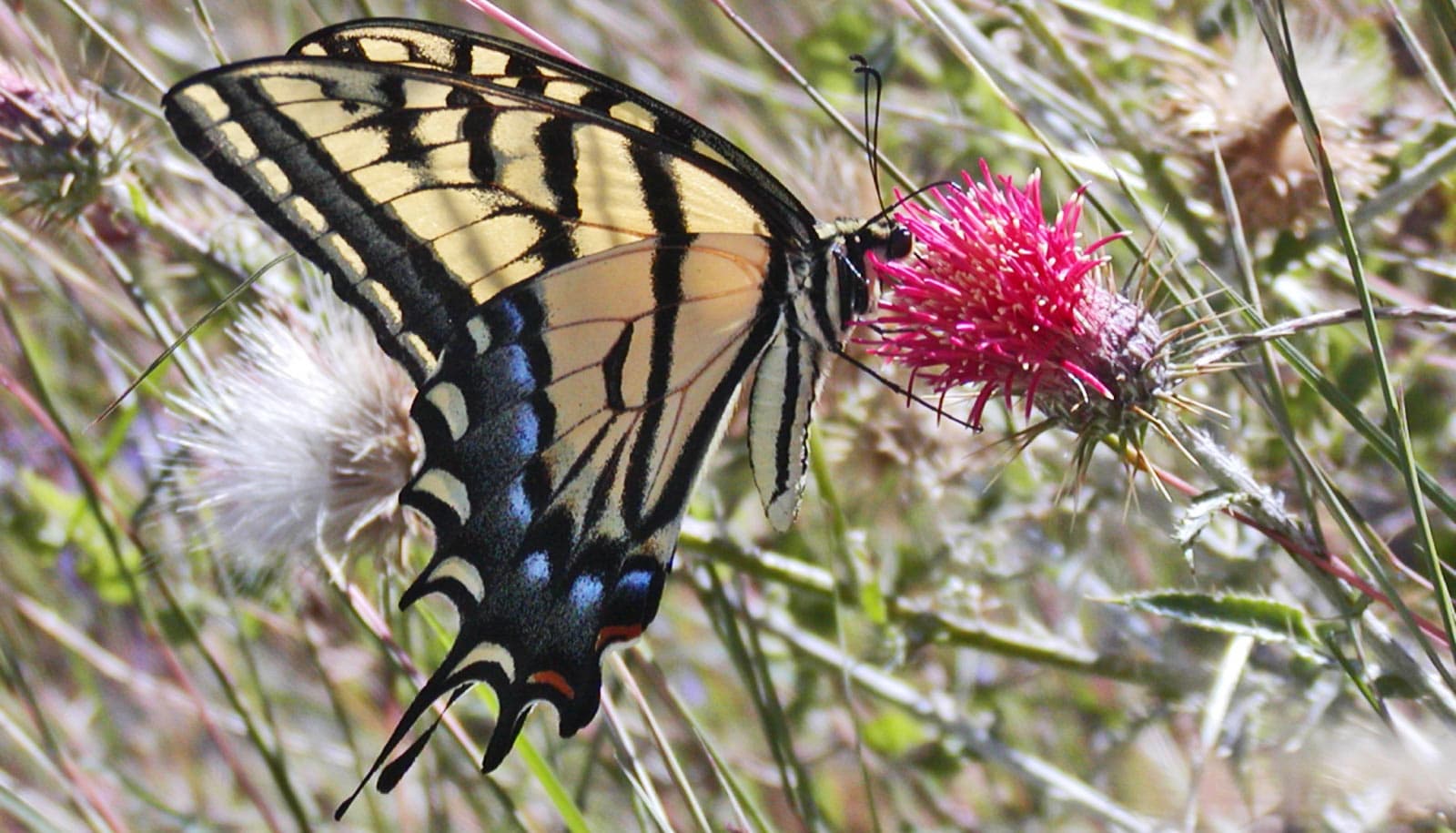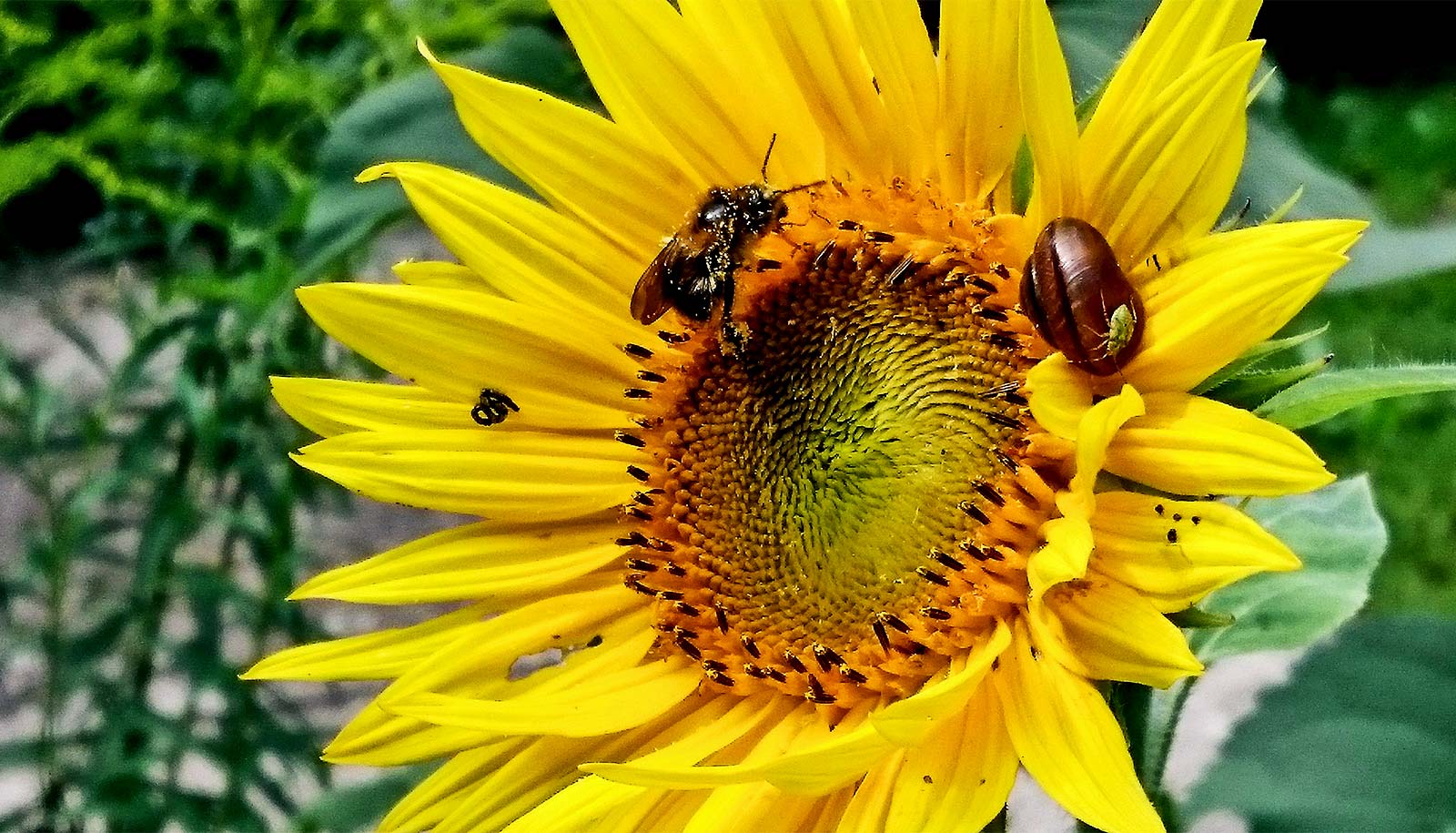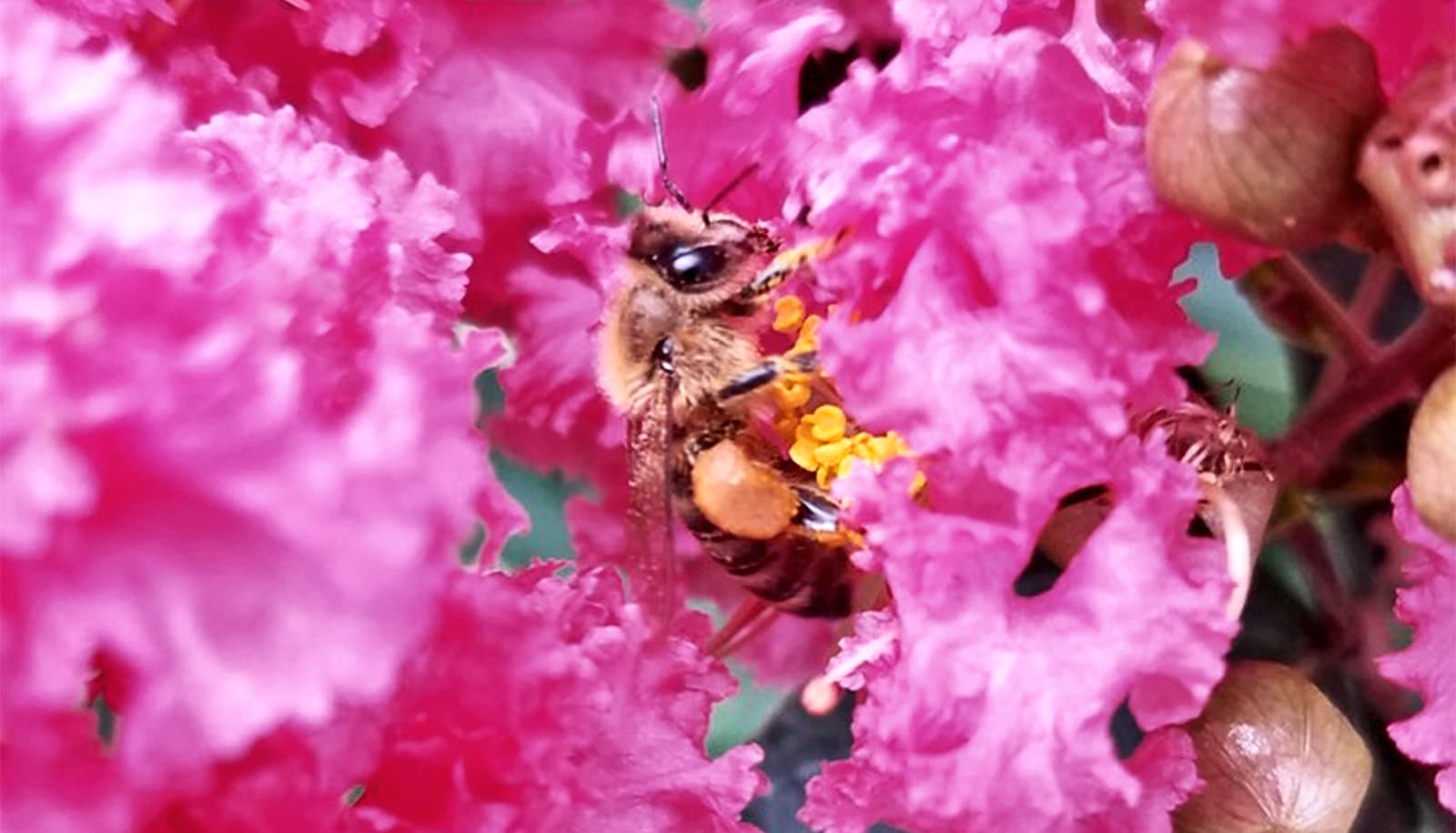Despite their relatively small footprint in urban areas, botanical gardens are important hotspots for butterfly biodiversity in the arid Southwest, according to a new study.
Using more than 10,500 community science observations spanning roughly 20 years, researchers compared butterfly species richness and diversity in botanical gardens versus in the gardens’ surrounding metropolitan areas.
For the study, published in the journal Insects, researchers focused on five large, urban cities in the Southwest, including Tucson and Phoenix in Arizona; Palm Desert, California; Albuquerque, New Mexico; and El Paso, Texas.
Each city averages less than 11 inches of precipitation annually and, with the exception of Palm Desert, each has a population over 500,000 residents.
While botanical gardens represent less than 1% of metropolitan landscapes—between 0.002 and 0.22% on average—these urban green areas have disproportionately high butterfly species richness and diversity compared to the much larger surrounding city areas.
In fact, species richness in these gardens scored in the 86th percentile or above, according to the study.
Support for urban butterflies
“Many butterflies have seen record population declines in recent years, and these pockets of urban green space can serve as important refuge for pollinators navigating city landscapes,” says lead study author Kathleen Prudic, an entomologist in the School of Natural Resources and the Environment in the College of Agriculture and Life Sciences at the University of Arizona.
Western butterfly populations are declining at an estimated rate of 1.6% per year, according to a report Prudic coauthored in Science last year. The report included more than 450 butterfly species, including the western monarch, whose latest population count revealed a 99.9% decline since the 1980s.
“Climate change and urbanization are things that have affected and are currently affecting insects, alongside other organisms, and finding ways to ameliorate the effects is becoming an important area of study,” says coauthor Maxine Papag Cruz, a senior at the University of Arizona majoring in ecology and evolutionary biology. “In this case, we focused on whether natural areas set within a city would be able to serve as support for said critters.”
While botanical gardens provide several well-known benefits to communities through their mission to promote awareness, scientific study and conservation of plant species diversity, their role in supporting wildlife, including insect pollinators, is less understood and harder to quantify.
Help from citizen scientists
The study relied on thousands of butterfly observations contributed to citizen science platforms iNaturalist and eButterfly by community members across the Southwest over the last 20 years.
“We wanted to compare observations of butterfly species richness and diversity in botanical gardens to their surrounding city areas,” says coauthor Jeff Oliver, a data science specialist with University Libraries.
The process involved identifying and correlating areas similar in size to the area of each city’s corresponding botanical garden, Oliver says.
“We took a map of each city and randomly drew rectangles on that map that had the same area of the corresponding botanical garden,” he says. “We then used all the observations that occurred in that rectangle to calculate a single value of butterfly richness and diversity.”
The researchers repeated this rectangle-drawing and calculation step to quantify the richness and diversity of butterfly species for 1,000 “typical” regions of each metropolitan area, Oliver says. Botanical gardens that demonstrated observed species richness and diversity higher than 75% of those “typical” city samples were classified by the team as “butterfly hot spots.”
Urban wildlife gardens
“Many studies have shown that nature preserves, botanical gardens and green spaces all enhance our quality of life. We just feel better when we are surrounded by a peaceful, quiet, and calming environment,” says coauthor Henry Verbais, who has served as a docent at Tohono Chul botanical gardens in Tucson for the past nine years.
“Given current climate projections, we anticipate botanical gardens and other green refugia will be critical habitat for urban wildlife as water becomes less available and redistributed across the landscape,” Prudic says.
Insect pollinators have limited habitat ranges and relatively short life cycles, and require minimal space for foraging and nesting compared to many other species of conservation concern, according to the study.
“These relatively small spatial and temporal habitat requirements make the creation of urban green spaces not only manageable but also critical in the face of pollinator decline,” Prudic says.
Source: University of Arizona


